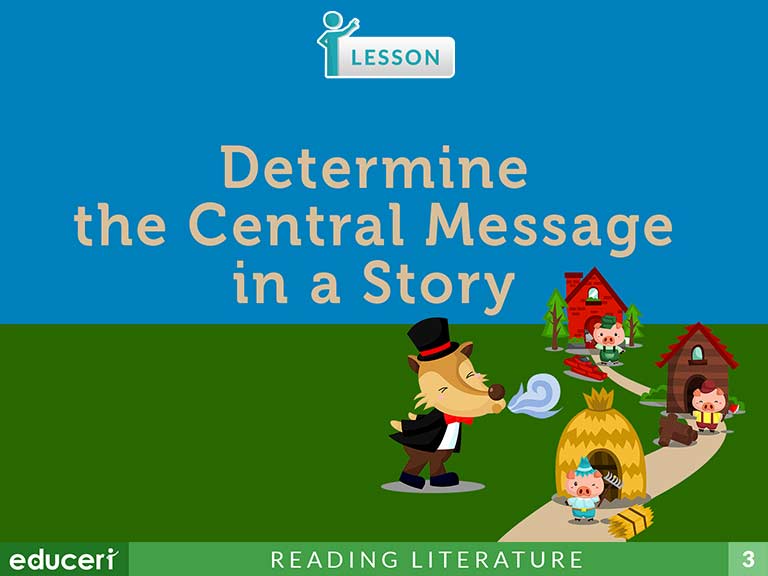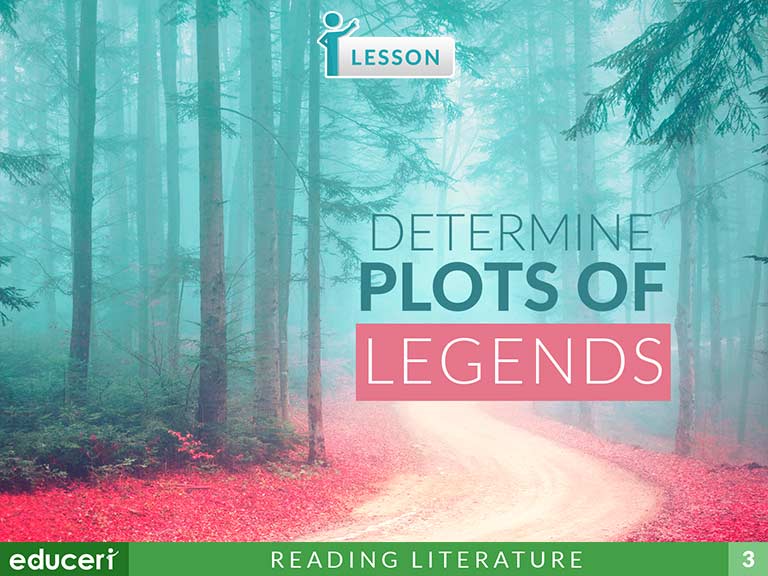All Lessons

Identify the Meaning of Suffixes
This reading foundational skills lesson covers the use of suffixes. The lesson includes research-based strategies and strategic questions that prepare students for assessments. In this lesson, students will identify the meaning and appropriate use of words based on their suffix.
Share This Lesson

Decode Multisyllable Words
This reading foundational skills lesson requires students to decode multisyllabic words. The lesson includes research-based strategies and strategic questions that prepare students for assessments. In this lesson, students will learn four syllable patterns, and then decode words and read them aloud. This lesson addresses open and closed syllables, multisyllable words with affixes (prefixes: pre-, dis-; suffixes: -er, -ing, -ful), vowel teams (ee, ea, oo, ie, etc.), and r-controlled words. Vowel-silent e (VCe), consonant blends (bl, tl, tr, fl, dl, nt, nd), and digraphs (ch, th) will be addressed in a separate lesson.
Share This Lesson

Read Irregularly Spelled Words
This reading foundational skills lesson practices reading irregularly spelled words. In this lesson, students will spell, write, identify in a sentence, and read specific words that are irregularly spelled. The lesson includes research-based strategies and strategic questions that prepare students for assessments.
Share This Lesson

Explain How Illustrations Contribute to a Story
This reading literature lesson explains how pictures add information to a story (e.g., create mood, emphasize aspects of a character or setting). In this lesson, students will describe characters in a story (e.g., their traits, motivations, or feelings) and explain how their actions contribute to the sequence of events. (Also aligns with 3.RL.3.)
Share This Lesson

Support Answers
This reading comprehension lesson focuses on supporting answers by using clues from the text and prior knowledge. The lesson includes research-based strategies and strategic questions that prepare students for assessments. In this lesson, students use clues from the text and prior knowledge to answer questions about the text. In addition to the lesson, there are four pages of Independent Practice and review with questions modeled after current adaptive testing items.
Share This Lesson

Determine Plots of Fables
This literary response and analysis lesson focuses on comprehending plots of fables. The lesson includes research-based strategies and strategic questions that prepare students for assessments. In this lesson, students use the characteristics of fables (decision making, a moral) to comprehend the plot of fables. In addition to the lesson, there are four pages of Independent Practice and review with questions modeled after current adaptive testing items.
Share This Lesson

Determine Plots of Fairy Tales
This literary response and analysis lesson focuses on comprehending plots of fairy tales. The lesson includes research-based strategies and strategic questions that prepare students for assessments. In this lesson, students use the characteristics of fairy tales (magic, happy ending, etc.) to comprehend the plot of fairy tales. In addition to the lesson, there are four pages of Independent Practice and review with questions modeled after current adaptive testing items.
Share This Lesson

Make Predictions
This reading comprehension lesson focuses on making predictions. The lesson includes research-based strategies and strategic questions that prepare students for assessments. In this lesson, students use clues from the text and prior knowledge to make predictions. In addition to the lesson, there are four pages of Independent Practice and review with questions modeled after current adaptive testing items.
Share This Lesson

Modify Predictions about Text
This reading comprehension lesson focuses on modifying predictions about text. The lesson includes research-based strategies and strategic questions that prepare students for assessments. In this lesson, students use clues from the text and prior knowledge to modify incorrect predictions. In addition to the lesson, there are four pages of Independent Practice and review with questions modeled after current adaptive testing items.
Share This Lesson

Distinguish Forms of Literature (Fiction, Nonfiction, Poetry, Drama)
This literary response and analysis lesson focuses on distinguishing forms of literature. The lesson includes research-based strategies and strategic questions that prepare students for assessments. In this lesson, students read different passages and use the characteristics of fiction, non-fiction, poetry, and drama to distinguish different forms of literature. In addition to the lesson, there are five pages of Independent Practice and review with questions modeled after current adaptive testing items.
Share This Lesson

Determine Plots of Myths
This literary response and analysis lesson focuses on comprehending plots of myths. The lesson includes research-based strategies and strategic questions that prepare students for assessments. In this lesson, students use the characteristics of fairy tales (the made-up story that explains something, gods and goddesses, etc.) to comprehend the plot of myths. In addition to the lesson, there are four pages of Independent Practice and review with questions modeled after current adaptive testing items.
Share This Lesson

Determine What Characters are Like
RL.3.3 Describe characters in a story (e.g., their traits, motivations, or feelings) and explain how their actions contribute to the sequence of events
RL.3.7RL.3.7 Explain how specific aspects of a text's illustrations contribute to what is conveyed by the words in a story (e.g., create mood, emphasize aspects of a character or setting)
This literary response and analysis lesson focuses on determining what characters are like by how the author and illustrator portray them. The lesson includes research-based strategies and strategic questions that prepare students for assessments. In this lesson, students use the written words of an author and the details in an illustration by an illustrator to determine what characters are like. In addition to the lesson, there are four pages of Independent Practice and review with questions modeled after current adaptive testing items.
Share This Lesson

Determine What Characters are Like by What They Say and Do
This literary response and analysis lesson focuses on determining what characters are like by what they say and do. The lesson includes research-based strategies and strategic questions that prepare students for assessments. In this lesson, students identify what a character says and does in a story to determine their character traits (e.g., smart, brave, tricky, kind, dishonest, etc.). In addition to the lesson, there are four pages of Independent Practice and review with questions modeled after current adaptive testing items.
Share This Lesson

Determine the Central Message in a Story
This reading literature lesson explains how to determine the central message of a text. In this lesson, students will discuss the main events of a text and choose which of several possible sentences would best show the central message.
Share This Lesson

Determine Plots of Legends
This literary response and analysis lesson focuses on determining plots of legends. The lesson includes research-based strategies and strategic questions that prepare students for assessments. In this lesson, students use the characteristics of legends (a real/imaginary hero, exaggerated details, etc.) to comprehend the plot of legends. In addition to the lesson, there are four pages of Independent Practice and review with questions modeled after current adaptive testing items.
Share This Lesson

Distinguish Between the Character's Point of View and Our Own
In this Reading Literature lesson, students distinguish between what a character thinks and feels and their own thoughts and feelings on the story. The lesson includes research-based strategies and strategic questions that prepare students for assessments. In addition to the lesson, there are eight pages of Independent Practice and review with questions modeled after current adaptive testing items.



